Do you want to enhance the efficiency, product quality, and production speed of your business? It’s time to invest in a high-quality air heater. This heat tool provides a consistent flow of controlled air for various industrial heating processes, like curing, drying, and shrinking. Not sure how to choose the right air heater for your business? Keep reading for our top product tips.
Common Uses for Air Heaters & Hot Air Blowers
Here are some industries that use air heaters and hot air blowers, along with each component’s common functions.
Automotive
The automotive industry uses air heaters and air blowers to perform the following tasks:
- Activating hotmelt adhesive
- Curing adhesive
- Heating up gear rings
- Burning-in paint after pad printing and removing coating
- Hot air riveting
- Car door interior paneling
- Separating and welding plastic fabrics
- Bending and bonding interior door panels
- De-flashing of angel air from extruded parts
- Exhaust particulate filtration
Types of customers in this industry include:
- Automobile manufactures
- Automobile suppliers
- OEM Customers
Deburring
Air heaters and hot air blowers are safer alternatives for deburring because they give the operator greater control over the process, which prevents material distortion. You can also achieve more consistent results by modifying the process parameters. An automated production process:
- Is more efficient
- Is more cost-effective
- Produces greater productivity and less downtime
Mechanical Engineering
Mechanical engineers use air heaters and hot air blowers to:
- Burn-in paint after pad printing
- Mark insulation boards
- Dry printing ink
- Dry labels
- Dry adhesive stationery envelopes
Similar industries that use these devices include:
- Printing
- Energy
- Aircraft
- Heating Engineering
- Industrial Mechanical Engineering
- Microtechnology
- Textiles
Food & Beverage
The food and beverage industry uses air heaters and air blowers to:
- Heat aluminum tubing
- Heat shrink tunnel
- Dissipate foam
- Accelerate mixing processes
- Dry and smooth chocolate
- Shrink-wrap pallets
- Shrink caps
- Shrink PE tubing into cans
- Shrink safety rings
- Shrink wrappers
- Sterilize milk cartons
- Sterilize test needles
- Dry printing ink
- Dry cans before printing
- Dry and sterilize bottle corks
- Weld plastic tubes
- Weld PE foil bags
4 Factors to Consider When Choosing an Air Heater
Heat Output
Heat output is critical when choosing an industrial air heater because it determines the heater’s ability to meet desired temperature requirements. Insufficient heat output can lead to inadequate heating and process inefficiencies, while excessive output can result in energy waste, equipment strain, and potential safety hazards. Selecting the appropriate heat output ensures optimal performance, energy efficiency, and safety for industrial processes.
Airflow
Airflow is vital when choosing an industrial air heater because it impacts how effectively the heated air is distributed throughout the target area or process. Proper airflow ensures uniform temperature distribution, preventing hot or cold spots that could impact product quality or process efficiency. By considering airflow, you can optimize heat transfer, maintain consistent conditions, and enhance the overall performance and reliability of the heating system.
Energy Efficiency
Energy efficiency is crucial when selecting an industrial air heater due to its impact on operational costs and environmental sustainability. An energy-efficient air heater consumes less power to produce the required heat output, resulting in lower energy bills and reduced carbon emissions. By prioritizing energy efficiency, industrial facilities can enhance their economic viability, meet environmental goals, and contribute to long-term resource conservation.
Safety Features
Safety features are paramount when choosing an industrial air heater to ensure the well-being of personnel, equipment, and the facility itself. Adequate safety features, like temperature sensors, overheat protection, and fail-safe mechanisms, help prevent accidents, fires, and equipment damage. By prioritizing safety, industrial operations can minimize risks, comply with regulatory standards, and maintain a secure environment for employees and processes.
Air Heaters, Air Blowers, & Hot Air Blowers: What’s the Difference?
Although they share some similarities, air heaters, air blowers, and hot air blowers (also called heat guns) have distinct functions. Here’s a breakdown of their key features.
Air Heater
This component provides substantial heat output for large spaces and industrial processes, ensuring consistent and widespread heating over extended periods. It requires an external air source to provide enough air to generate heat for the task at hand but not so much that overheating occurs. The external air can be sourced from a blower, air station, or even compressed air for smaller air heaters.
Our air heaters are available in sizes XS, S, M, L, and XL and have the following features:
- Reliable configuration and dimensions
- Flexibility
- Modern, functional design
- Integrated thermocouples
- External control
Learn More
Air Blower
An air blower is used to forcefully circulate air for ventilation, cooling, and drying purposes. While an air heater’s main function is heat generation, an air blower’s main function is air movement. The air blower connects to the air heater to provide the air required for an application.
Our medium-pressure and high-pressure air blowers have the following features:
- Low noise level
- Maintenance-free
- Compact design
- Oil-free
- Long service life with low operation costs
Learn More
Hot Air Blower
A hot air blower—or heat gun—is a handheld or mounted tool consisting of an air heater for heat generation and an air blower for air movement. This self-contained unit blows focused streams of hot air for localized tasks like paint stripping. Because the unit is self-contained, there are limits to how much air and heat it can produce. These units typically have controls for heat and air built into the configuration, but that’s not always the case.
Learn More
Hot Air Blower Models
BAK RiOn BL
Airflow: 250l/min
Temperature: 20-650°C or 68-1,202°F
Power Consumption: 1600W
BAK ErOn BL
Airflow: 600l/min
Temperature: 20-650°C or 68-1,202°F
Power Consumption: 3400W
The BAK RiOn BL and BAK ErOn BL offer users several key advantages:
- Variable temperature setting
- Built for heating, activating, shrinking, and drying
- Integrated tool protection
- 3000pa static pressure
- Available in multiple versions
- Continuous operation
BAK Compact
As the most powerful air heater of its kind, the BAK Compact has some advantages of its own. Besides offering optimal flexibility, this innovative heat tool also:
- Features variable temperature and airflow settings
- Is ideal for heating, activating, shrinking, and drying
- Produces 40% more airflow
- Can be used for a wider range of applications
- Is equipped with integrated tool protection
- Features an integrated servo motor
- Optional external control and integrated thermocouple available
Specs
Minimum Air Flow (l/min): 400/350/400/400/550
Maximum Air Flow at 68 °C (l/min): 940/800/930/960/950
Maximum Temperature: 1202/1472/1202/1202/1202°F
Power Consumption: 2300/3100/3700/4700/6100
BAK HotOn
Minimum airflow: 300 l/min
Maximum airflow: 540 l/min
Maximum temperature: 1,202°F
Power consumption: 2300-3400-4500/5600W
The BAK HotOn is designed for continuous operation and features variable temperature and airflow settings. This device is available in both analog and digital versions.
Our Top Tips for Optimal Performance
Thermocouple Placement
Most of our heat tools are available with a built-in thermocouple. Follow these tips when using a heat tool that contains a thermocouple.
- Place the heater as close as possible to the target without restricting the outlet to prevent reduced airflow and damage to the device
- Place the tip of the thermocouple at the point where temperature matters most
- Make sure that the thermocouple won’t exit the heat path, thus preventing damage to the target and the heater itself
Piping Tips
Here are a few tips and tricks for piping.
- Use the shortest available pipe to prevent sudden pressure drops
- If the pipe is longer than three meters, place a smooth wall pipe between the blower and heater to minimize any pressure drops
- Avoid sharp bends and kinks when using hard piping to reduce the risk of pressure drops
- Don’t let hot air enter the unit’s air inlet
- Orient the blower outlet toward the heater
- Ensure that all heater connections are symmetrical when using multiple heaters with one blower
Trust Hapco With All Your Industrial Heating Needs
Whatever kind of commercial or industrial heat tool you need for your business, Hapco has it. We have hot air heaters, hot air blowers, and air blowers for various applications across industries. That’s why we’ve been the trusted name in industrial heating solutions for over 30 years. Browse our online collection today to find the right tool for your business.
Browse Heat Tools
Comments are closed.

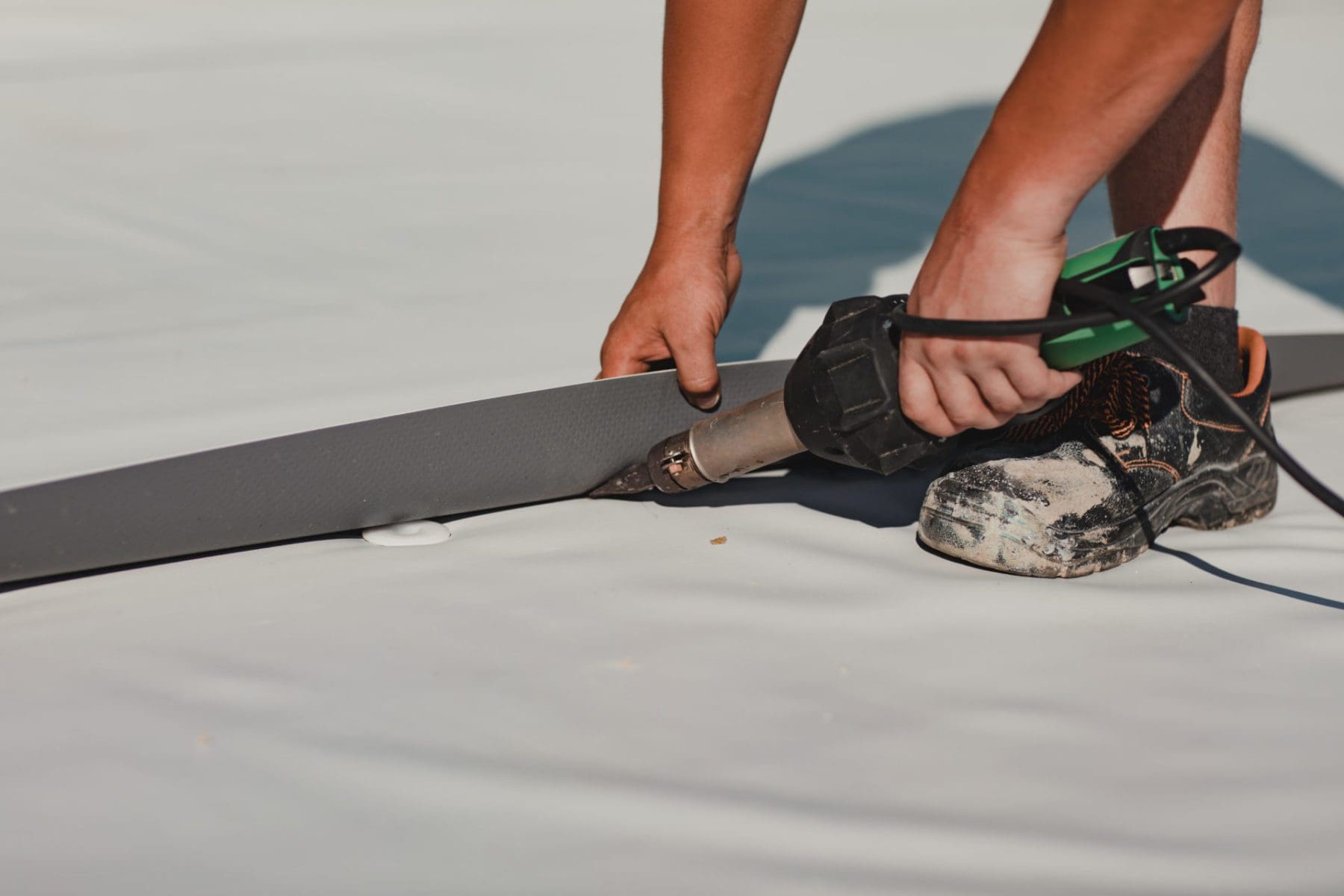
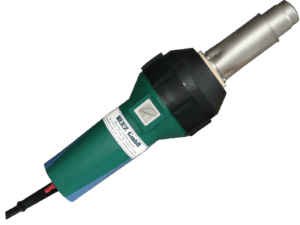
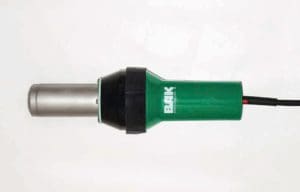
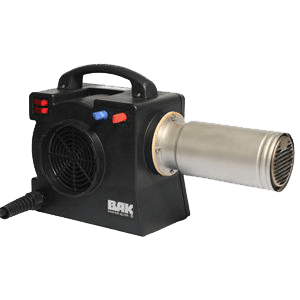
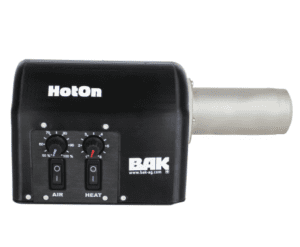

Recent Comments